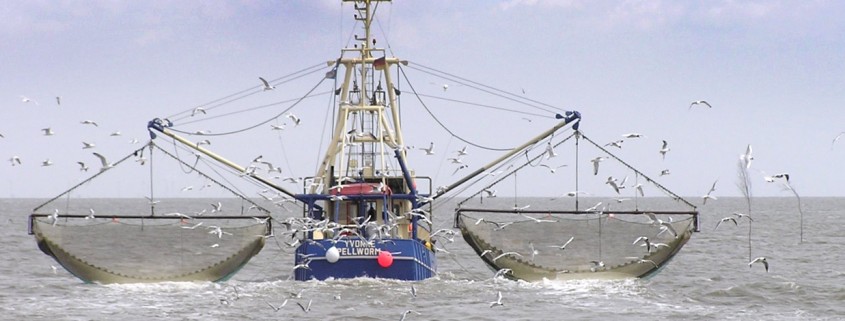Advisor: Latin America primed for seafood investors
While Latin America may be one of the most promising and accessible areas to acquire and invest in natural resources, non-Latin companies have been — with a few notable exceptions — reluctant to jump into the fray.
“There is a risk perception that is higher than reality,” Ignacio Kleiman, managing partner with advisory firm Antarctica Advisors, told IntraFish.
But the real risk is raw material security.
“If you’re in a country that imports 90 percent of its seafood and you are a processor, you are in a strategically risky position,” he said. “If you purchase 100 percent of what you process, it’s a risky situation.”
A handful of Latin American countries have gained attention for their developing seafood sectors, chief among them Ecuador, Chile and Peru.
But so far, outside investors haven’t looked outside aquaculture, or some of the core species or companies.
Take Peru, Kleiman said. Anchoveta, while it’s been the species of most interest – quota values quadrupled in less than 10 years – is not the only segment in the country where investors can find returns. With new quota systems coming online and improving technology in several fisheries opportunities will continue to crop up, as will companies that are well placed to take advantage of those resources.
“You have five to seven very large guys, but there is a very large middle market,” he said. “There are a handful of very well-known seafood players, but those make up a small group compared to what is out there.”
Kleiman is working with other investors outside Latin America on both the trade and private equity side to help them understand the realities and opportunities outside their own borders.
Two major obstacles are slowing down investment, however. For one, financing. Lenders across Latin and South America have been reluctant to lend to any sector, and the inherently high risk of fisheries and aquaculture have made banks even more leery.
Secondly, buyers are concerned about finding high-quality management for the companies that can bridge the cultures in their home and on the soil of the company acquired.
Still, several notable non-Latin companies have bought in over the years with sometimes great success, including multiple Norwegian companies, China Fishery Group, Clearwater, Nippon Suisan Kaisha, Marubeni, Icicle Seafoods and others.
The next wave of investors, by Kleiman’s estimation, will be private equity groups, though.
“These guys are used to investing in resources,” he said. “This is just one more.”
But Kleiman cautioned, investors need to understand the time line of their investments.
“It’s a great resource long-term,” he said. “The fish can be there one day and then you can have an El Nino roll in. This is not a lineal process.”
Some investors — particularly private equity investors — have pictured a three- to five-year investment.
“In some cases that’s worked,” he said. “In some cases it’s blown up in their faces.”
A five- to ten-year investment is more realistic. Regardless, Kleiman said there’s no doubt wild catch is the way to go right now. Aquaculture will expand to help meet the world’s seafood demand over time — but there’s no doubt that in the meantime the world can expect price pressure as demand outstrips supply.
“My view is that wild catch in general — Canada, Alaska, South America — is the best bet,” Kleiman said.
“It’s like buying land in Manhattan,” he added. “You have a limited supply and unlimited demand forever.”
IntraFish Media (www.intrafish.com) – 05/05/2014




